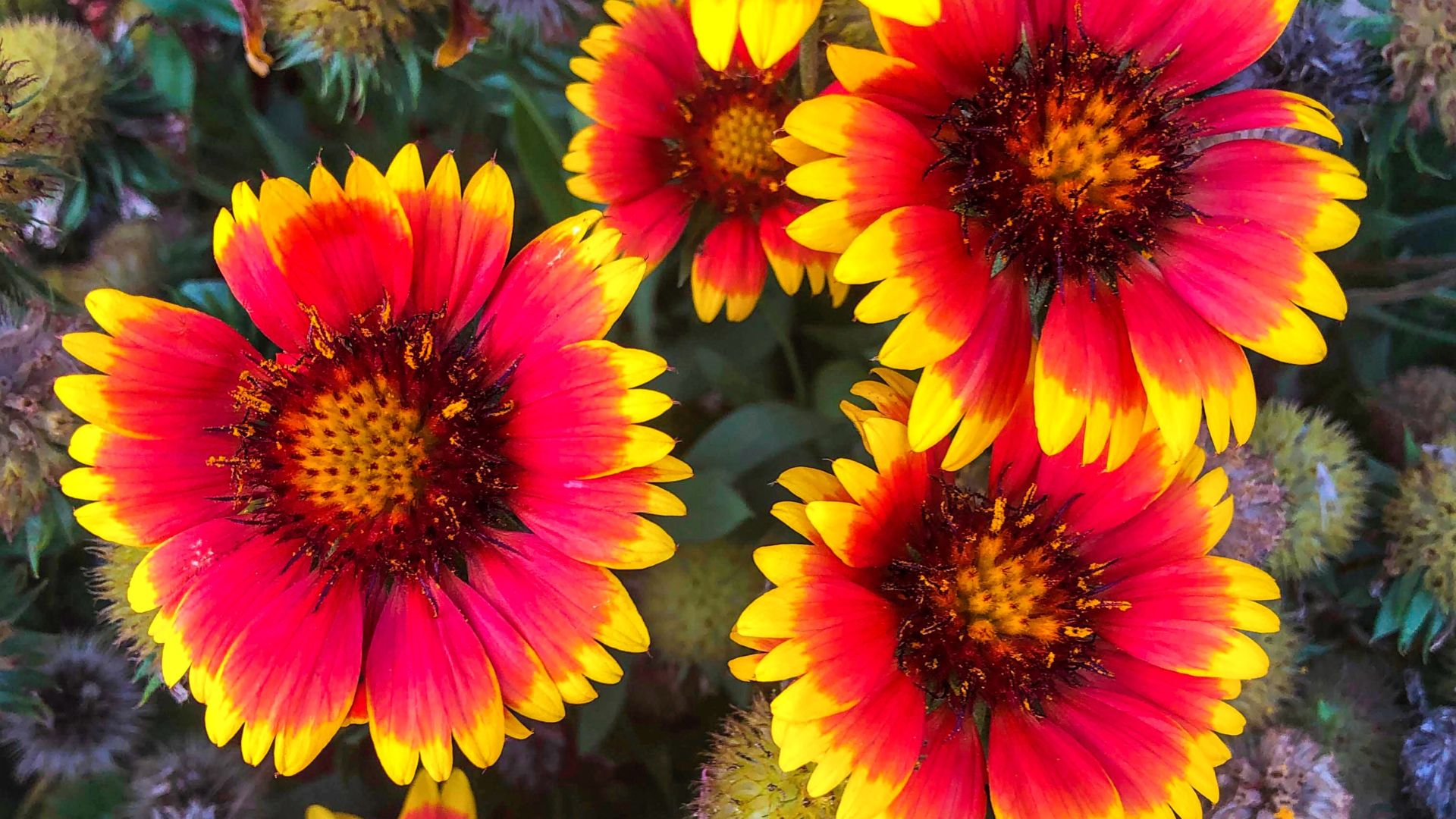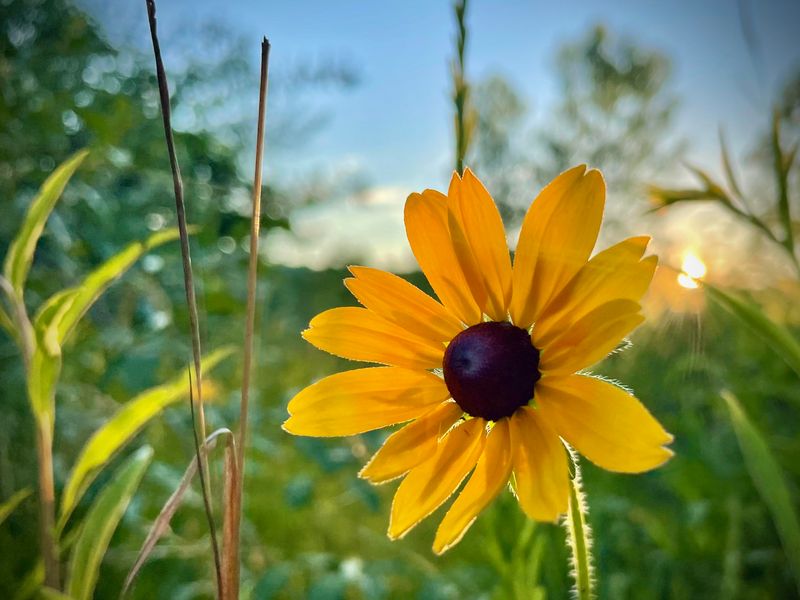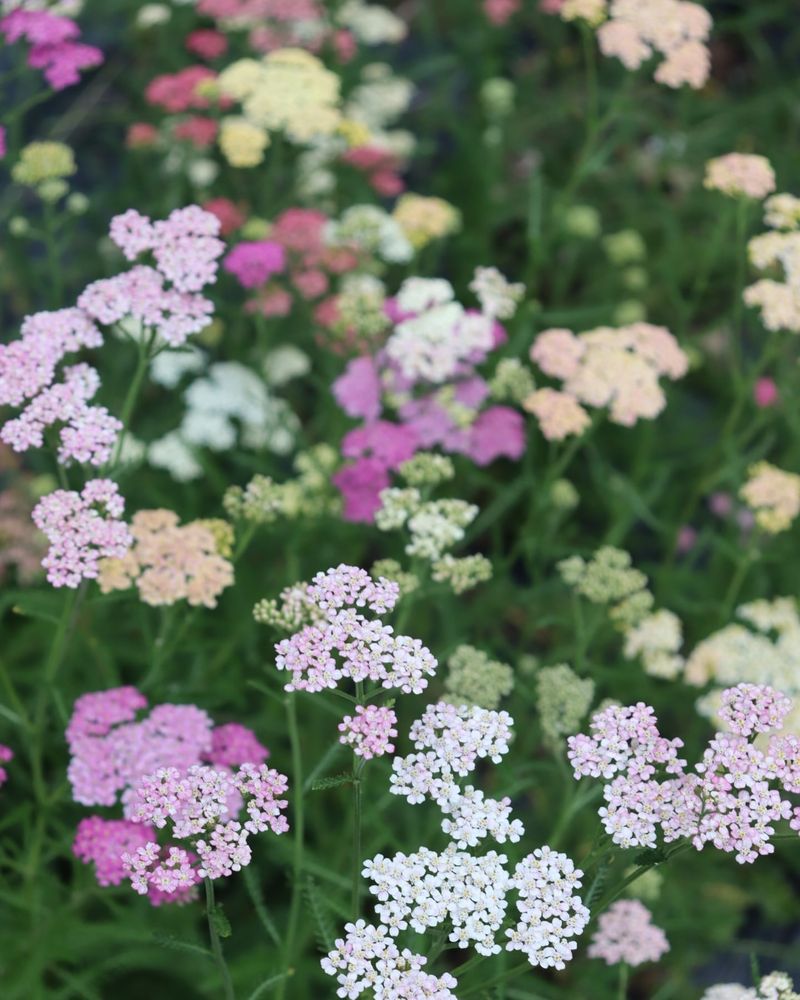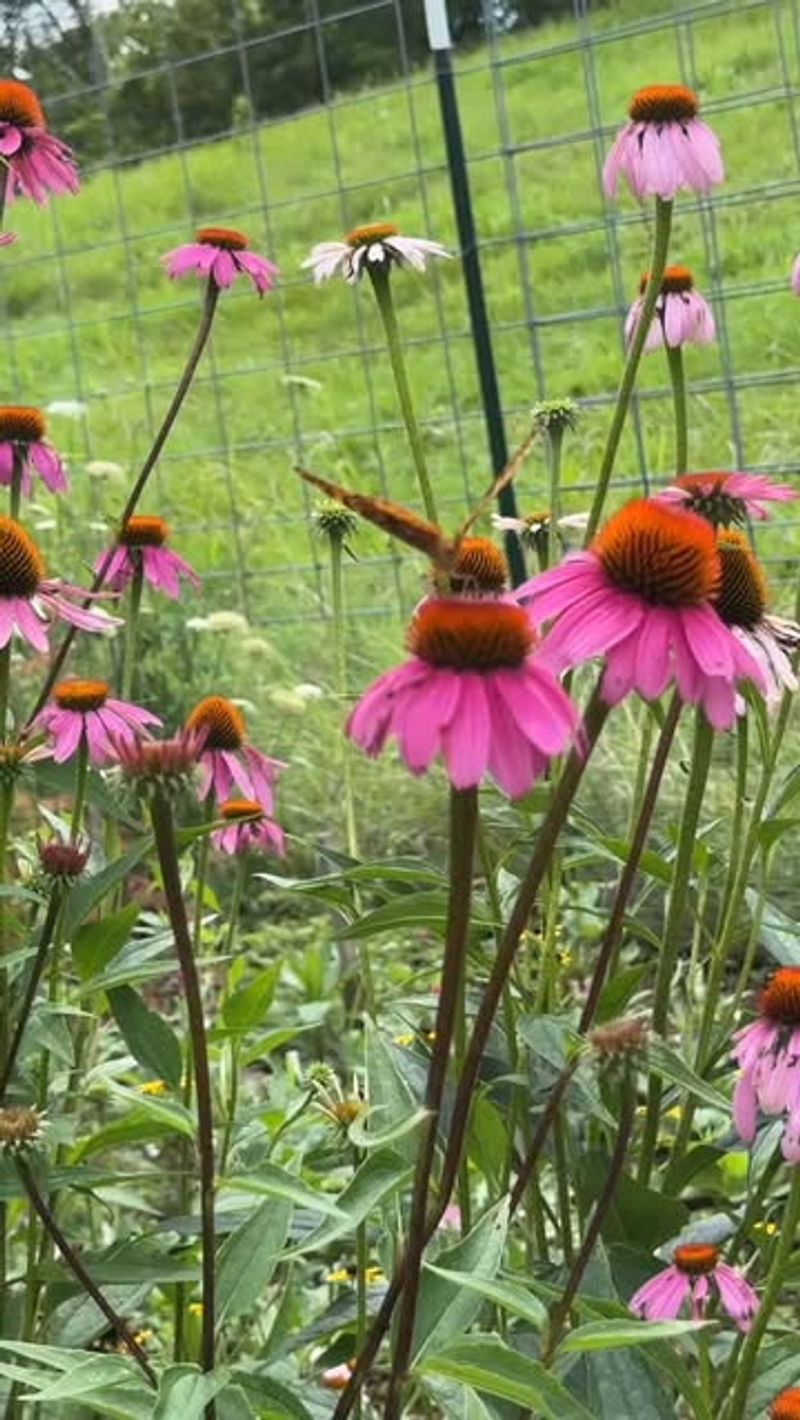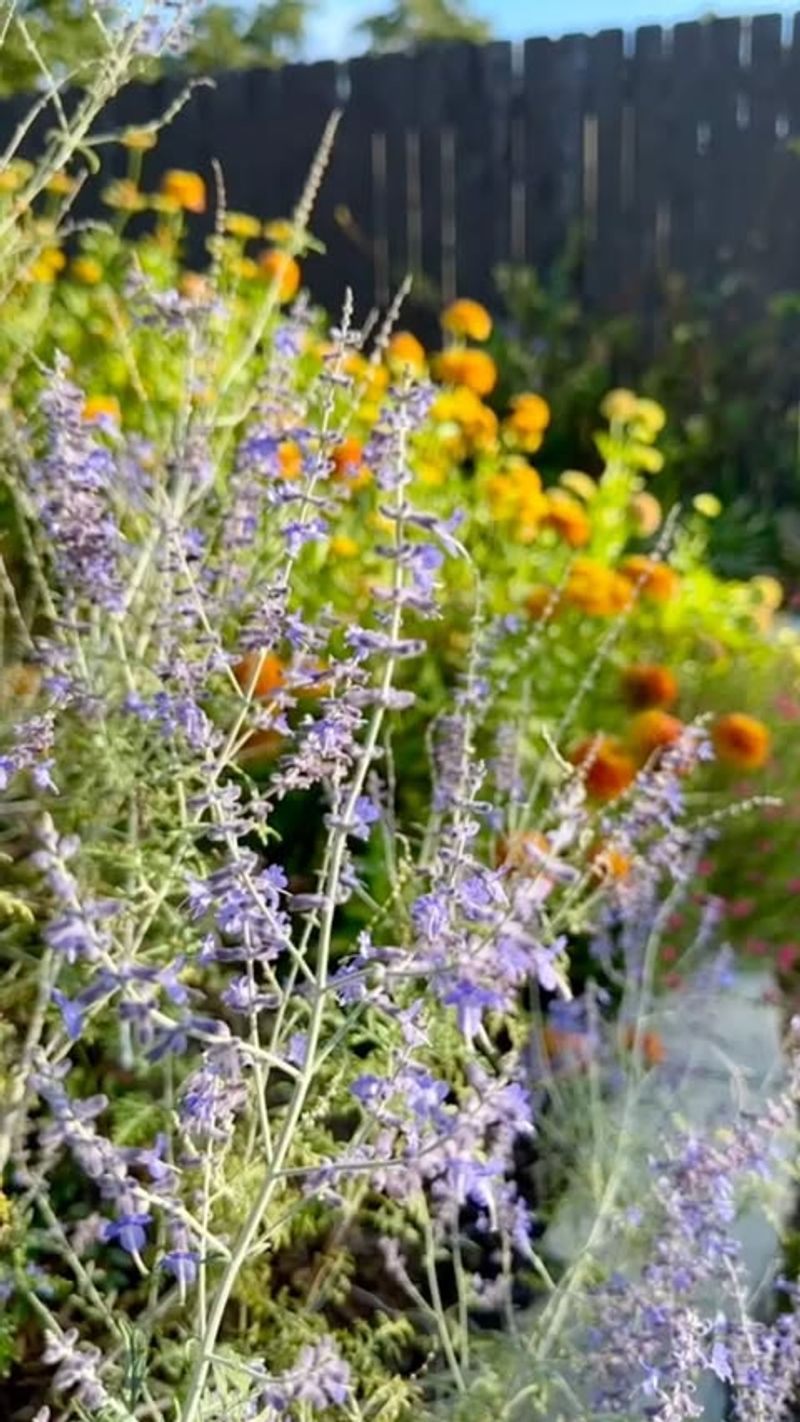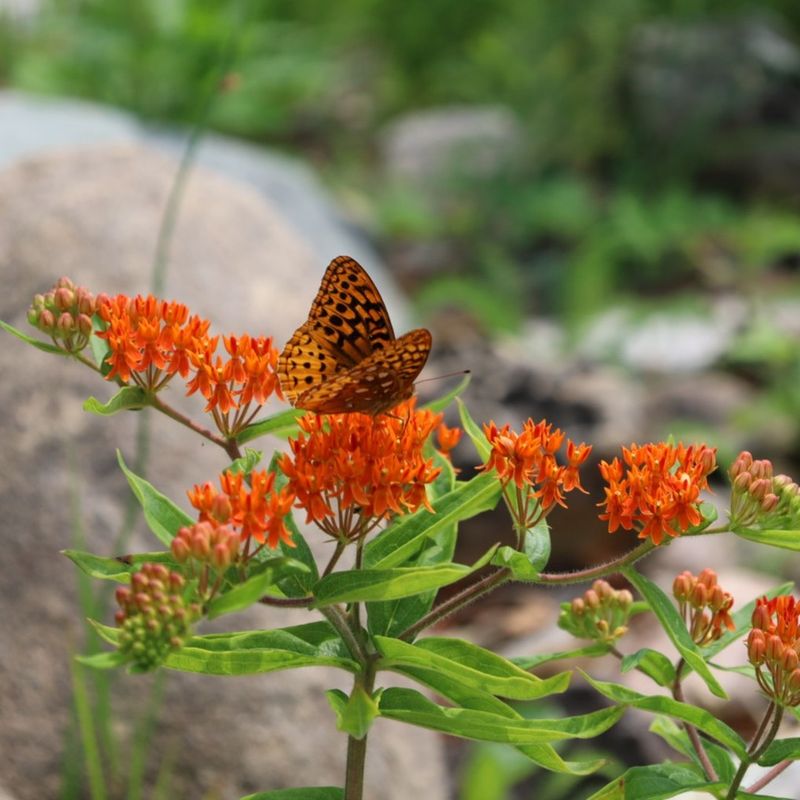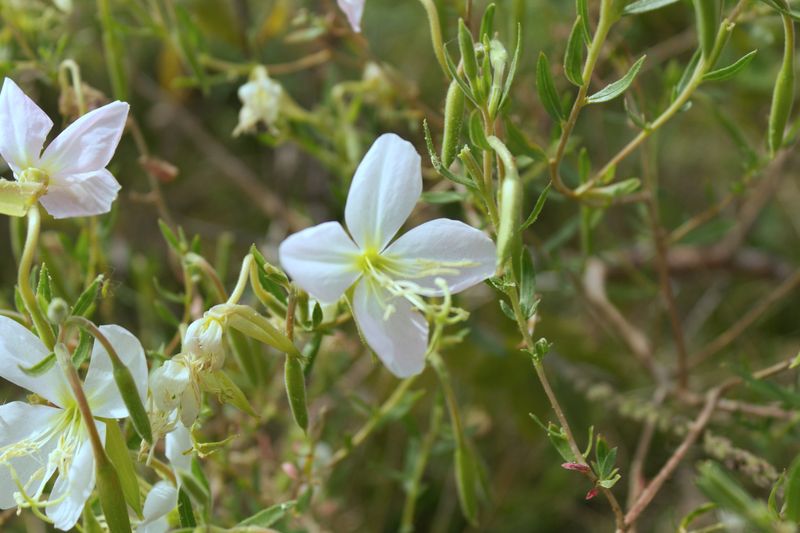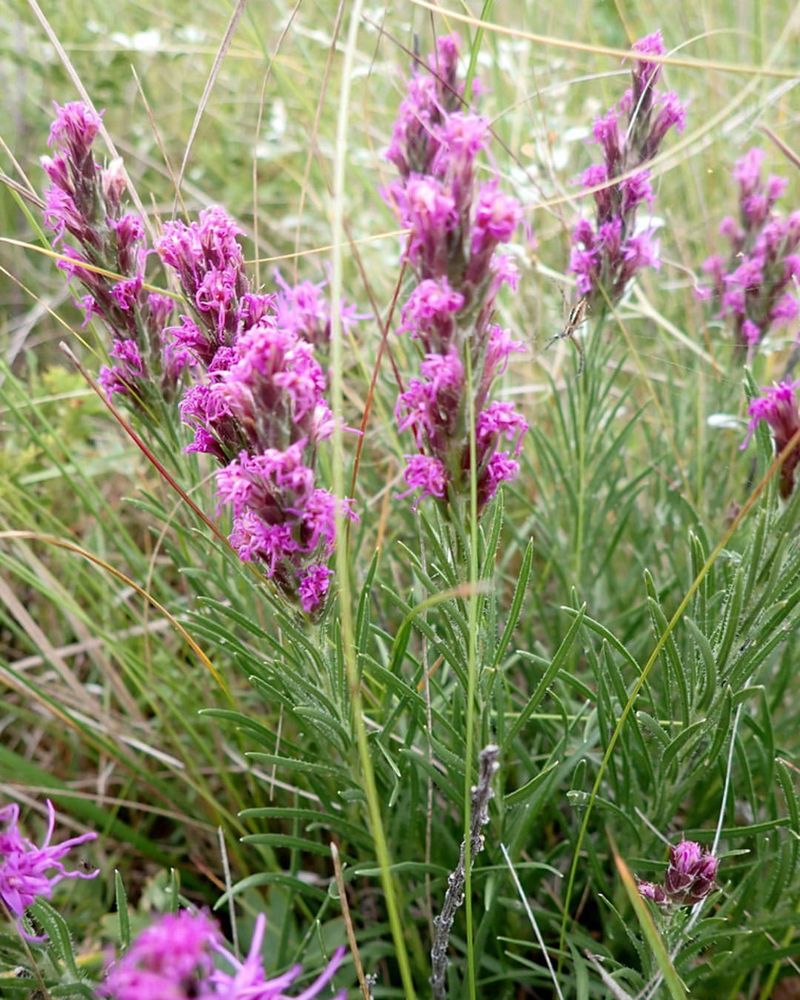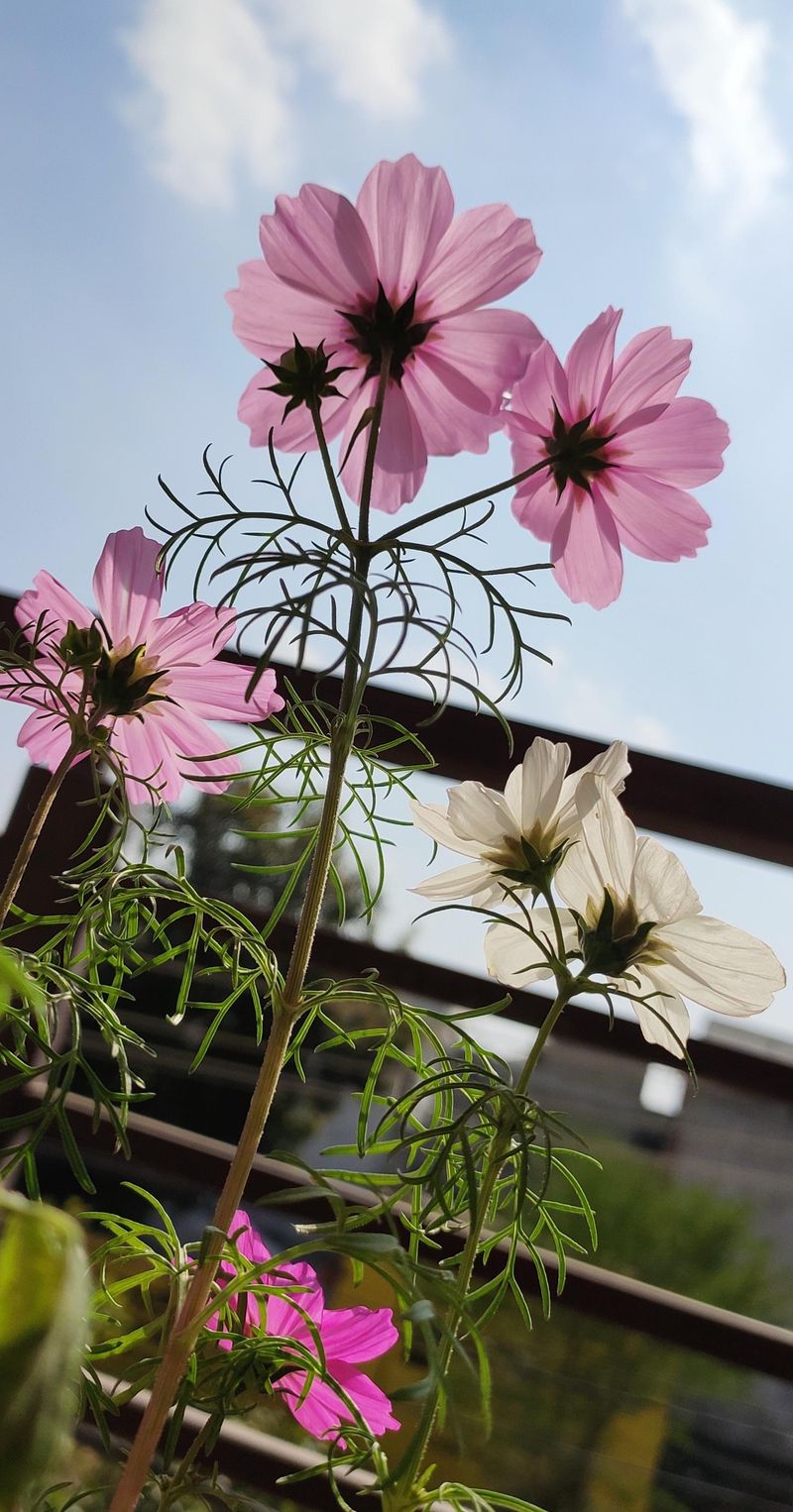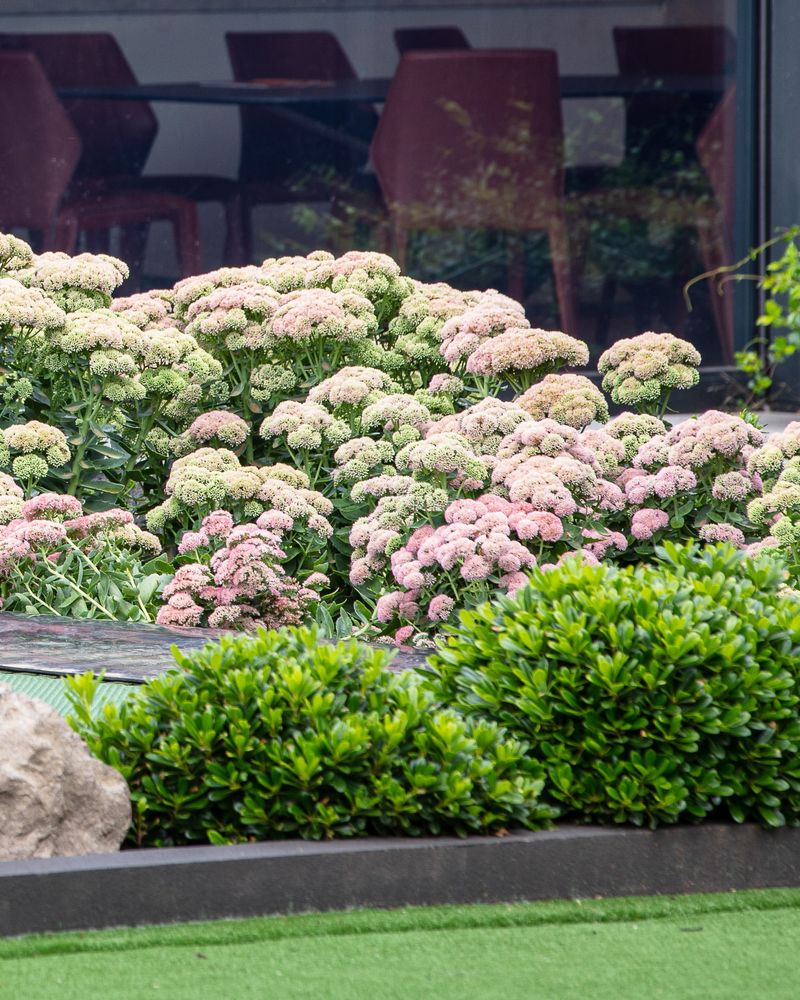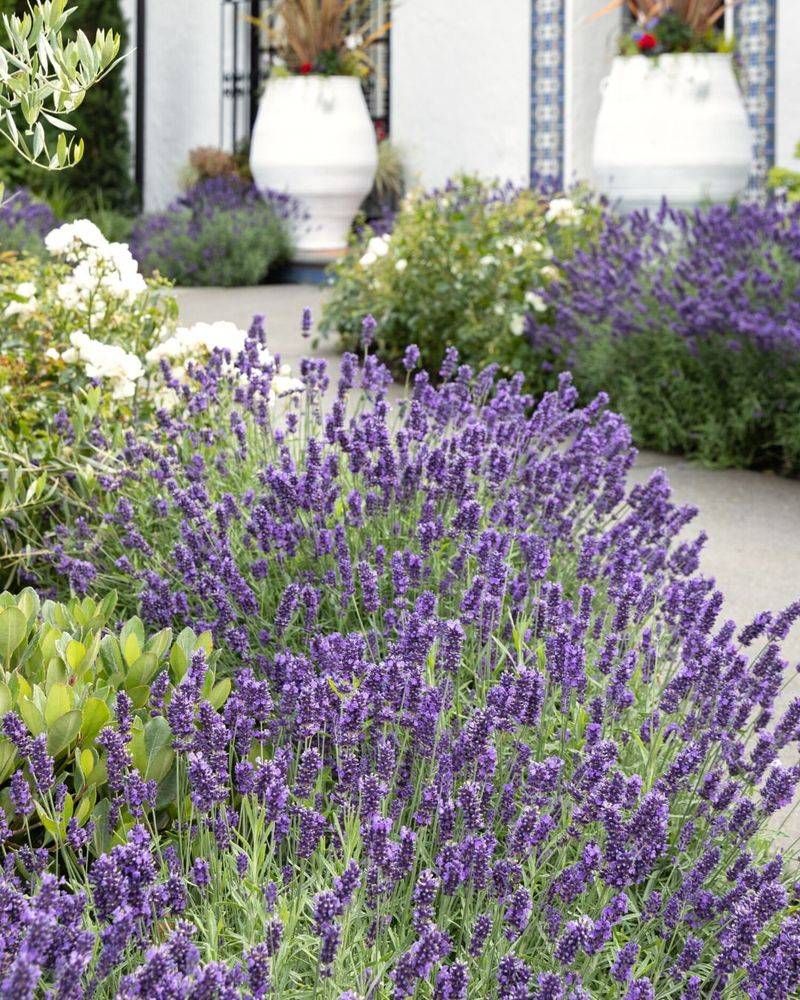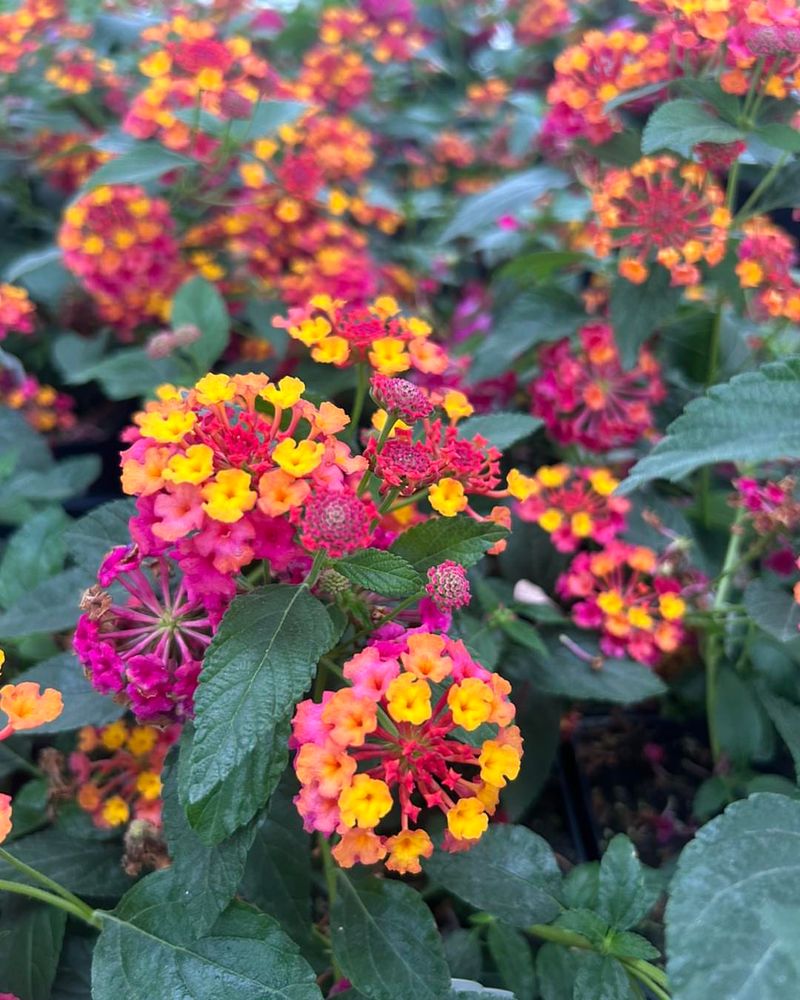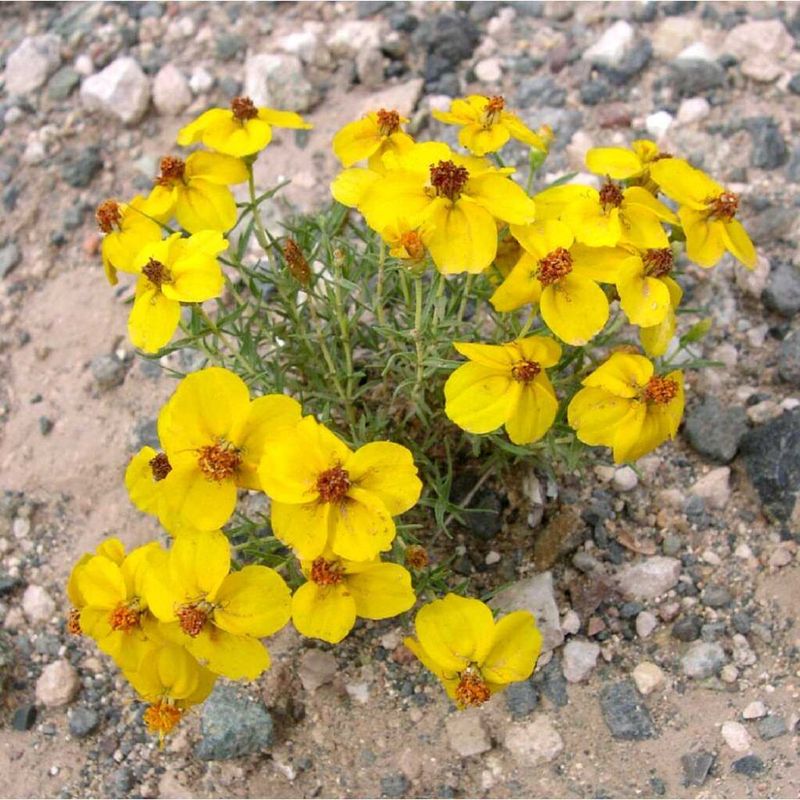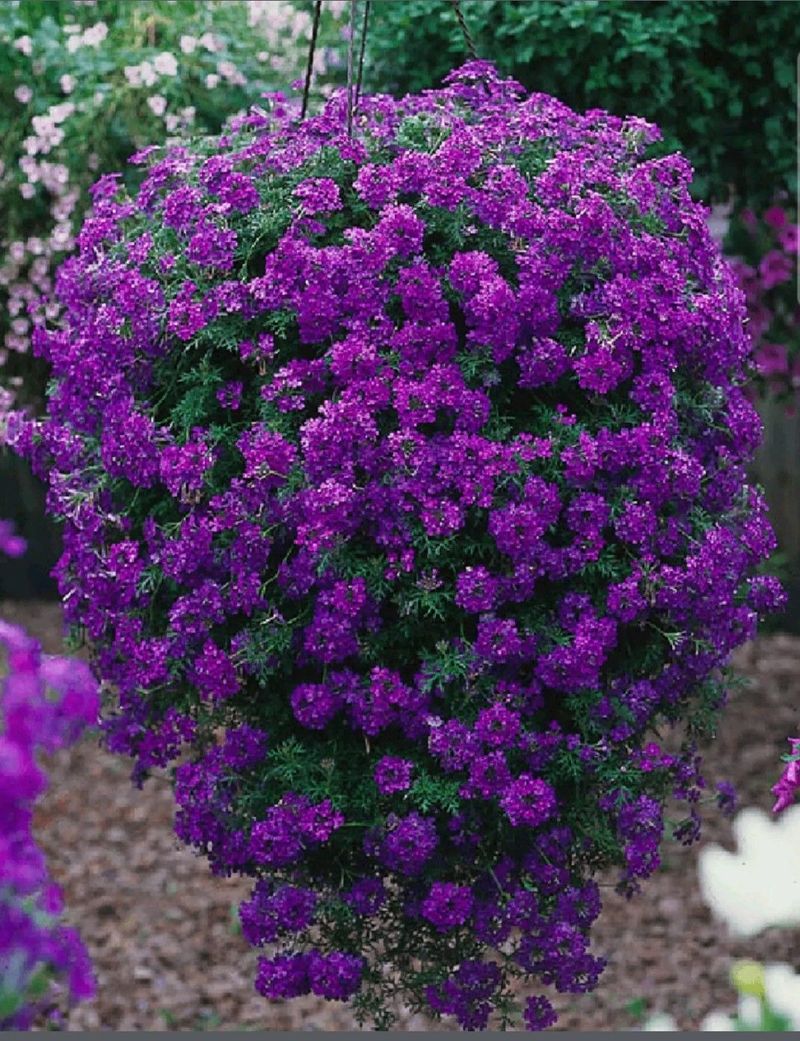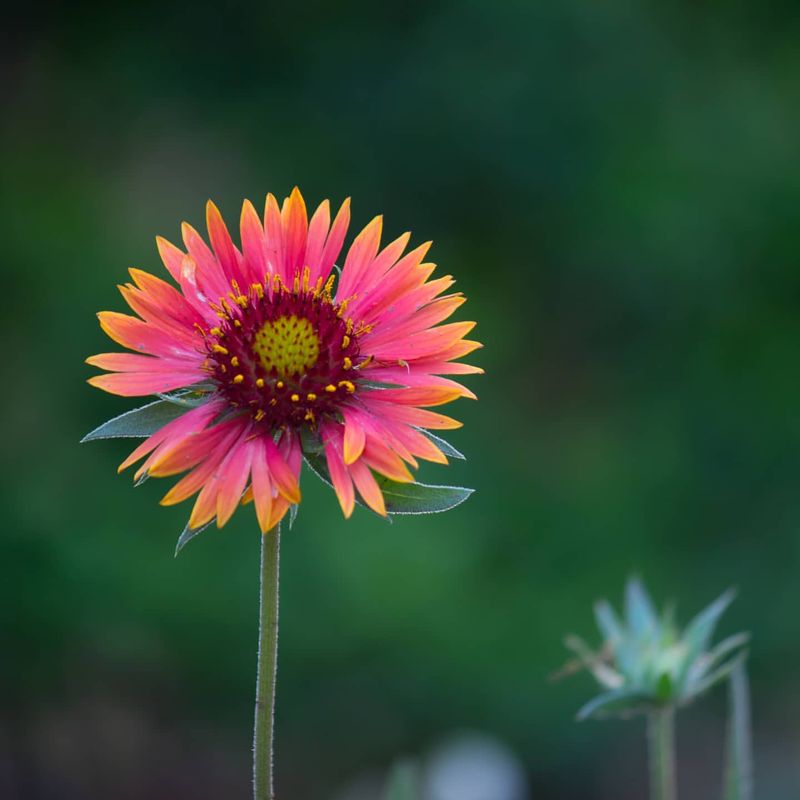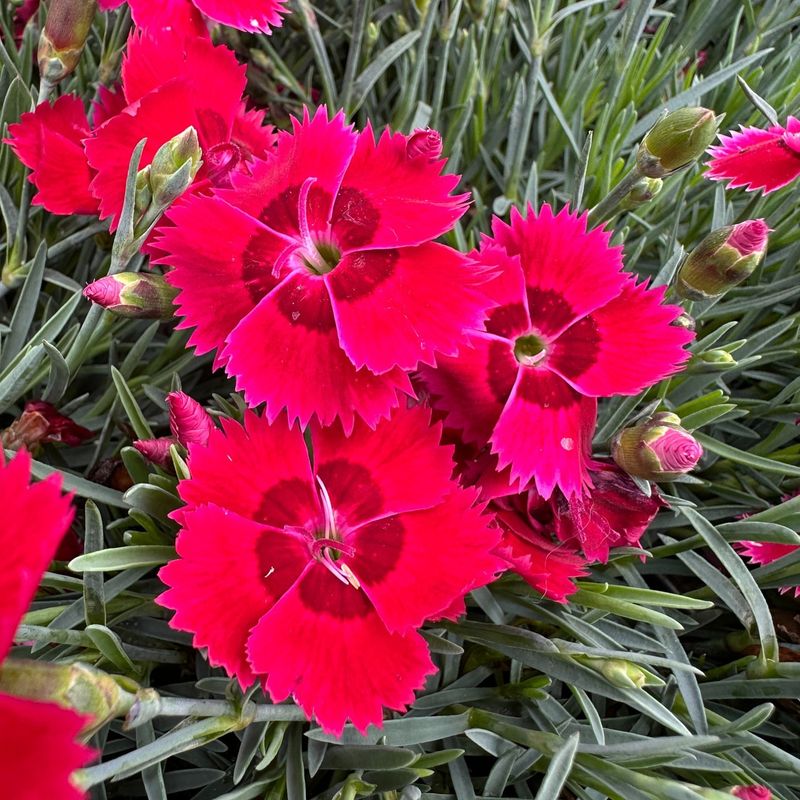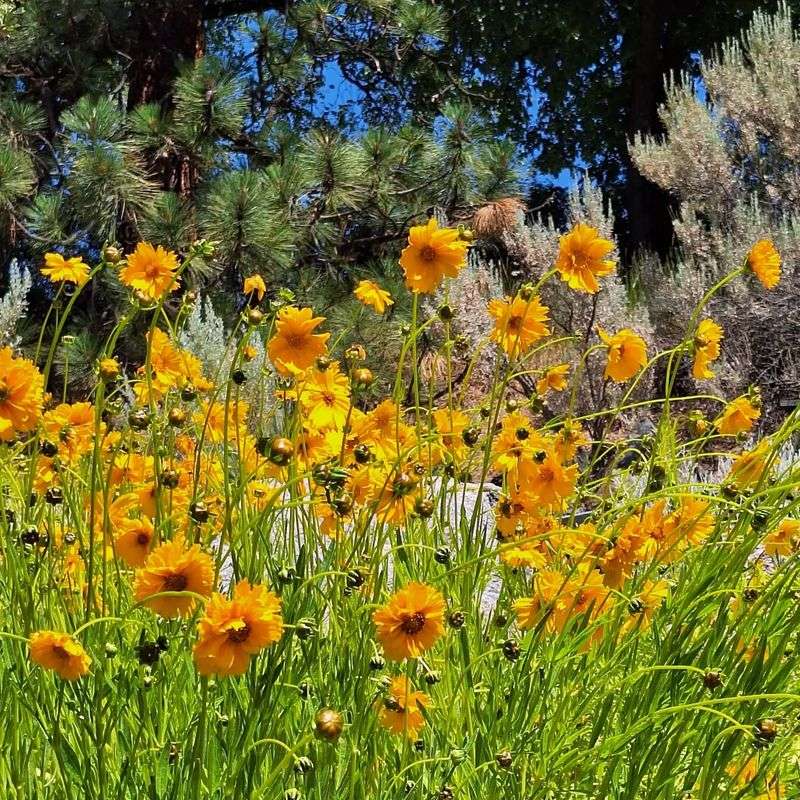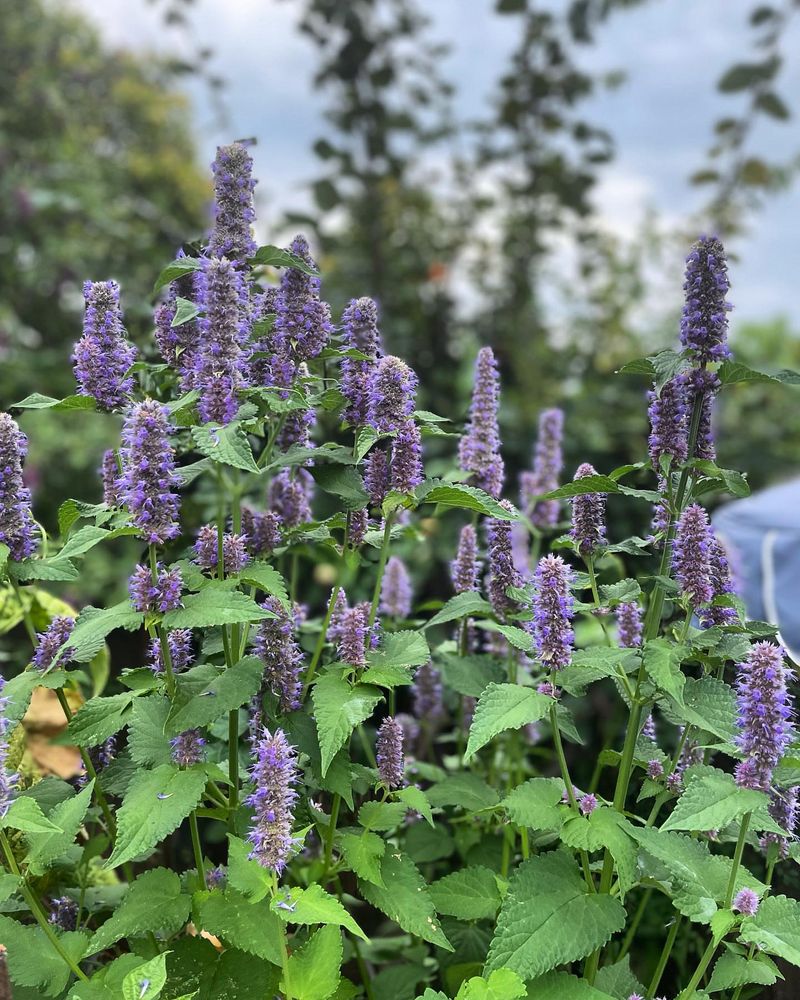Oklahoma gardeners know the struggle with our stubborn soil – whether it’s heavy clay that turns brick-hard in summer or sandy patches that won’t hold water. I’ve spent years battling these conditions, trying to grow finicky flowers that just couldn’t handle our challenging ground.
What changed my garden game was discovering flowers that actually thrive in Oklahoma’s problematic soil without demanding amendments or special care. These tough bloomers have saved me countless hours of work and disappointment while still delivering beautiful color throughout the seasons.
The good news is you don’t need perfect soil to have a gorgeous Oklahoma garden. I’ve compiled my tried-and-true list of flowers that power through our state’s soil challenges while providing reliable color and texture year after year.
1. Black-Eyed Susan
Native to the plains, these sunny yellow flowers practically laugh at poor soil. Their deep roots allow them to find nutrients where other plants struggle.
During summer droughts when my garden looks sad, these cheerful bloomers keep going strong. Oklahoma summers don’t intimidate them one bit!
Growing these requires almost zero effort – just scatter seeds in fall and watch them return bigger each year, even in clay or rocky spots.
2. Yarrow
Tough as nails, yarrow thrives in the worst soil Oklahoma throws at it. The feathery foliage adds texture even when not blooming, creating year-round interest in problem areas.
My clay patch that nothing else would touch? Now covered in these hardy perennials. Their flat-topped flower clusters attract butterflies while needing virtually no care.
Once established, they laugh at drought and poor soil conditions that would kill fussier plants.
3. Purple Coneflower
Talk about Oklahoma tough! These native prairie flowers develop massive root systems that power through clay, rocky patches, and even construction fill.
The distinctive purple-pink petals surrounding a spiky center cone create a dramatic display from June through September. Goldfinches love to perch on the seed heads in fall.
My neglected side yard transformed after planting these resilient beauties – they spread gradually without becoming invasive.
4. Blanket Flower
Resembling cheerful painted daisies, blanket flowers bring southwestern flair to Oklahoma’s challenging soil. Their red and yellow blooms persist through summer heat when other flowers have given up.
Sandy soil that drains too quickly? No problem for these drought-masters. The hairy stems and leaves help them conserve moisture even during dry spells.
My hottest, poorest soil area became a pollinator paradise after adding these low-maintenance perennials.
5. Russian Sage
Silvery-gray foliage topped with lavender-blue flower spikes creates a stunning contrast against Oklahoma’s red dirt. This Mediterranean native actually prefers poor soil – rich garden soil makes it floppy!
During brutal July heat waves, it keeps performing while other plants wilt. The aromatic leaves deter deer and rabbits, making it perfect for unprotected areas.
My driveway’s clay bank transformed from eyesore to showpiece with these tough beauties.
6. Butterfly Weed
Don’t let the name fool you – this native milkweed is no weed but a monarch butterfly magnet. Its vibrant orange blooms provide nectar while the leaves feed monarch caterpillars.
A long taproot helps it access deep moisture, making it perfect for Oklahoma’s challenging soils. Once established, it needs zero supplemental water.
My rocky corner that nothing would grow in became butterfly central after planting these resilient natives.
7. Evening Primrose
Watching these sunny yellow blooms open at dusk feels magical – they literally unfurl in minutes! Native to Oklahoma, they’ve evolved to handle our soil challenges.
The sprawling growth habit makes them perfect for covering problem areas where nothing else grows. They’ll happily colonize slopes and edges with minimal care.
My eroded hillside stopped washing away after these established their strong root systems throughout the poor soil.
8. Liatris
Also called gayfeather, these vertical purple spikes add dramatic height to Oklahoma gardens without demanding rich soil. Native to our prairies, they’ve adapted to thrive in our challenging conditions.
Butterflies can’t resist the fuzzy purple blooms that appear in mid-summer. The flowers open from top to bottom, providing weeks of color.
My clay-heavy border became a pollinator highway after adding these easy-care natives that return reliably each year.
9. Cosmos
Annual flowers that actually prefer poor soil? Cosmos delivers with daisy-like blooms in pink, white, and magenta that dance above feathery foliage.
Rich soil makes them leggy and floppy, while Oklahoma’s lean ground keeps them compact and floriferous. Just scatter seeds and watch them flourish with zero babying.
My neglected side yard became a cutting garden after discovering these easy-growing flowers that reseed themselves yearly.
10. Sedum
Succulent leaves store water, helping sedum thrive in Oklahoma’s driest, poorest soil spots. The flat flower heads start green, mature to pink, then deepen to rusty bronze through fall.
Even in compacted clay or rocky areas, these tough plants establish quickly and spread gradually. Winter interest continues as the dried flower heads catch frost.
My problematic sunny border became low-maintenance after adding these drought-masters that need almost no care.
11. Lavender
Surprisingly, this Mediterranean herb thrives in Oklahoma’s poor soil if given sharp drainage. The fragrant purple spikes attract bees while the silvery foliage adds year-round structure.
Sandy or rocky areas that frustrate other plants become lavender’s paradise. The worst thing you can do is give it rich, moist soil!
My hot, south-facing slope that nothing would grow on became aromatic heaven after planting these heat-loving perennials.
12. Lantana
Heat-loving and nearly indestructible, lantana produces clusters of multicolored flowers from spring until frost. The tougher the conditions, the better it seems to perform!
Oklahoma’s clay soil and summer heat waves don’t faze these cheerful bloomers. Butterflies and hummingbirds flock to the nectar-rich flowers all season.
My brutal south-facing foundation planting thrived after switching to these resilient flowers that laugh at poor soil.
13. Prairie Zinnia
Unlike their fussy garden cousins, these native zinnias evolved for Oklahoma’s challenging conditions. The daisy-like yellow flowers with orange centers bloom continuously from June through October.
Growing just 6-8 inches tall, they create perfect ground cover in poor soil areas. Their deep roots access moisture even during drought periods.
My gravel pathway edges transformed from bare dirt to flowering carpet after discovering these tough native bloomers.
14. Salvia
Spikes of blue, purple, or red flowers attract hummingbirds while thriving in Oklahoma’s problematic soil. The aromatic foliage deters deer and rabbits, making maintenance even easier.
During summer heat waves when other plants wilt, salvias keep performing without complaint. Their Mediterranean heritage makes them perfect for our hot, dry conditions.
My compacted clay border became a hummingbird haven after planting these tough perennials that return reliably each year.
15. Verbena
Low-growing and heat-loving, verbena creates colorful carpets of purple, pink or red blooms in Oklahoma’s most challenging spots. The sprawling habit makes it perfect for covering bare areas where nothing else grows.
Even in compacted soil along driveways or walkways, these tough flowers establish quickly. Their flat flower clusters attract butterflies throughout the growing season.
My mailbox area with terrible soil became a showstopper after adding these resilient bloomers.
16. Gaillardia
Oklahoma’s state wildflower proves its worthiness by thriving in our worst soil conditions. The red and yellow daisy-like blooms appear from early summer through fall without any coddling.
Native to prairies, these tough perennials develop deep roots that power through clay, sand, or rocky soil. Each flower lasts for weeks, with new ones constantly appearing.
My roadside strip that gets baked by reflected heat became a colorful showcase after planting these resilient natives.
17. Dianthus
Often called pinks, these spicy-scented flowers bring cottage garden charm to Oklahoma’s challenging soil. Their blue-green foliage stays attractive even when not blooming, providing year-round interest.
Sandy or rocky soil actually improves their flowering and prevents the root rot that can occur in rich, moist conditions. The fragrant blooms attract butterflies throughout spring.
My poor soil border became wonderfully fragrant after adding these tough perennials that return reliably each year.
18. Coreopsis
Cheerful yellow daisies dance above delicate foliage, bringing sunshine to Oklahoma’s toughest soil spots. Native varieties have evolved specifically for our challenging growing conditions.
These prairie natives bloom for months without deadheading, creating waves of color with minimal care. Their fibrous root systems stabilize erosion-prone areas effectively.
My sloped area with poor soil stopped washing away after establishing these tough native perennials throughout the problematic space.
19. Agastache
Also called hyssop or hummingbird mint, these aromatic perennials produce spikes of tubular flowers that pollinators can’t resist. The anise-scented foliage deters deer while thriving in poor soil.
Oklahoma’s hot, dry conditions actually intensify both flower production and fragrance. Their deep roots access moisture far below the surface during drought periods.
My problem corner with terrible drainage became a pollinator paradise after discovering these tough, adaptable perennials.

